Common Phenomenon and Improvement Measures of Heat and Cold Stress in Chicken Coop
"In the summer ventilation and cooling of chicken coops, the common problems are difficulty in cooling down, heat stress in chickens, and cold stress in some chicken coops, especially broiler coops and layer brood houses. These problems are mainly The wind speed is too low or too high, the wind direction is wrong, and the humidity is too high. In summary and analysis, there are reasons for both configuration and improper operation."
1. Why are the 28°C chickens in other people's sheds okay? Put the chickens in the chicken coop at 28°C with their mouths open?
Problem crux:
The wind speed of the chicken is too low, and the temperature of the chicken is high. When the temperature in the house is 28℃, assuming the relative humidity in the house is 70% and the wind speed is 2m/s, the body temperature of the chicken is 22~23℃; when the wind speed is 1.5m/s, the body temperature of the chicken is 24~ 25℃; the wind speed is 1m/s, the body temperature of the chicken is 25.5~26℃.
Cause Analysis:
1. Some farms only consider the general high temperature in summer, ignoring the high temperature and high humidity climate, in order to save investment. The fan configuration is small. In hot and humid weather, the wet curtain cooling efficiency is low, and the only way to reduce the body temperature of the chicken is to increase the ventilation.
2. The fan is of poor quality, unstable performance, and low exhaust efficiency under high negative pressure.
3. The fan lacks maintenance, the bearings are worn, the triangular conveyor belt is loose or blocked by chicken feathers, and the exhaust efficiency of the fan decreases if it is not replaced and cleaned in time. Or the fan is aging and not replaced in time.
4. Calculation error, too few fan configuration.
5. When the wet curtain is turned on, the negative pressure is too large, resulting in strong wind in the front, suffocation and hypoxia in the back, and the temperature is not high and still hurts the chicken. Especially the adult chicken.
Improvement method: frequent maintenance, even if you replace the bearings, triangle belts, and clean the chicken feathers; replace the fan with a long service life and low exhaust efficiency; if the configuration is too small, increase the fan configuration, and the configuration calculation should be based on extreme high temperature and humidity. Based on the wind speed. Increase the area of ??the front air inlet to reduce the front wind speed, increase the rear wind speed, and reduce the negative pressure.
2. The feed intake of chickens in a local area does not increase, but temporarily decreases. The chickens in this area are lighter. This phenomenon is generally in the chicken coop raised on the net bed.
Reason 1: The design wind speed is too high. When the sleeve wind speed is higher than 2.5m/s, the feed intake of chickens will temporarily decrease slightly, but it will recover quickly; when the sleeve wind speed is higher than 3m/s, the feed intake will appear obvious decline.
Improvement method: Install a manual switch on 10~15% of the fan circuit as a backup, normally closed, open in extreme high temperature and humidity weather, or open when other fans fail.
Reason 2: Improper fan grouping, too many fans controlled by the latter group, and frequent opening, the wind speed will suddenly increase, and the wind speed will fluctuate from high to low, which leads to a decrease in the stress intake of chickens.
Improvement method: replace the environmental controller, increase the fan group, the wind speed drop does not exceed 0.5m/s.
Reason 3: There is no baffle at the air inlets of the wet curtains on both sides, and the wind speed is 3~5m/s. Such a high wind speed directly blows on the chickens, causing stress.
Improvement method: equipped with heat preservation deflector, diversion in summer, so that the air flows diagonally upward, not directly blowing chicken, and keep warm in winter.
3. The deaths of older chickens suddenly increased, and the time of death mainly occurred at night, and the deaths were mainly the larger chickens. When the heat stress index of the house environment is higher than 165, the above phenomenon will occur. When the heat stress index is higher than 170, a large number of deaths will occur.
Reason 1: The chicken house is too long. The chicken coops of large-scale chicken farms are getting longer and longer. There are many flat broiler houses of 120 meters, even 150 meters, and cage houses of 80-100 meters. As the low-temperature air coming in from the head end flows toward the tail end, the heat generated by the chickens continuously increases the temperature of the flowing air, causing the temperature at the tail end to be higher than that at the head end. The longer the chicken house, the greater the temperature difference.
Improvement method 1: Move 15-20% of the wet curtain from the head end to the middle of the house, so that the wind speed of the first half of the chicken is 2m/s, and the speed of the second half of the chicken is 2.5m/s, which can reduce the temperature difference , The body temperature of the chickens can also be kept basically the same. This method must be calculated accurately. If the wet curtain area in the middle is too large, the effect will be counterproductive.
Improvement method 2: For chicken houses over 120 meters long, you can try to install wet curtains on the side walls of the middle of the house, install fans at both ends of the house, but the investment for such fans and wet curtains should be doubled. I have only seen pictures of such foreign chicken coops, and have not collected data. The actual effect is not very clear.
Reason 2: The chicken coop is not tightly closed. The main reasons are that the air inlet windows, daylight windows, eaves and walls, the head and tail doors, and the manure outlet are too poorly sealed, resulting in the wind speed in the house being lower than the design wind speed or the front and rear wind speeds are too different.
Improvement method: improve the airtightness of the chicken house, especially the tail end of the manure outlet can be sealed with a 3mm thick rubber soft plate, nailed to the top, and can be automatically opened and closed as the manure cleaner enters and exits.
Reason 3: The ventilation time is too long. In summer, if the wind speed is too low, it will make the chicken coop's ventilation time too long, thereby increasing the heat accumulation of the flowing air, resulting in excessive temperature difference. Generally speaking, the ventilation time of the flat house is no more than 60 seconds, and the cage house is no more than 45 seconds.
Improvement method: increase the wind speed in the house, 2~2.5m/s in the flat house, 2.3~2.7m/s in the stepped cage house, and 3~4m/s in the stacked cage house.
4. Turn on the wet curtain water pump, but the cooling effect is not obvious. Only within 10~15 meters of the head end of the chicken house feel cool, and it is difficult to lower the temperature later.
Reason 1: High-temperature and high-humidity weather, such as the weather in the sun after a thunderstorm, the outdoor relative humidity exceeds 80%, evaporation is difficult, and the cooling effect is not obvious.
Improvement method: change the water source of the spray line from normal temperature water to low temperature well water, while maintaining normal ventilation, and adopt water cooling method to force cooling. When the outdoor relative humidity exceeds 80%, the relative humidity in the chicken house is also very high. At this time, the spray has little effect on the relative humidity in the house.
Reason 2: The spout is blocked and needs to be cleaned.
Improvement method: Increase recoil device, flush regularly.
Reason 3: The wet curtain is blocked by dust, chicken feathers, leaves, etc.
Improvement method: Install a protective net and replace the wet curtain paper every 4-6 years.



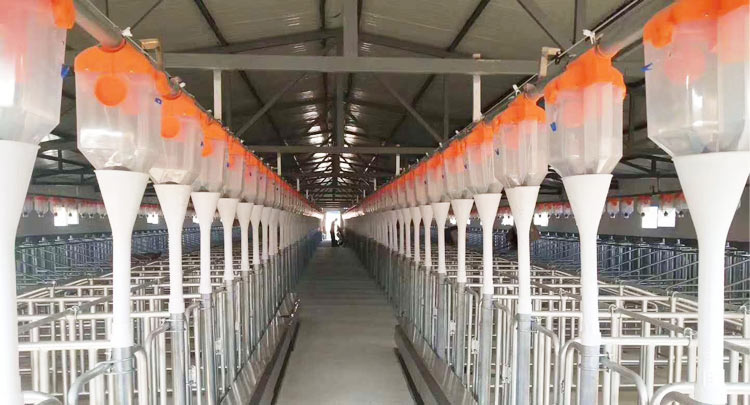
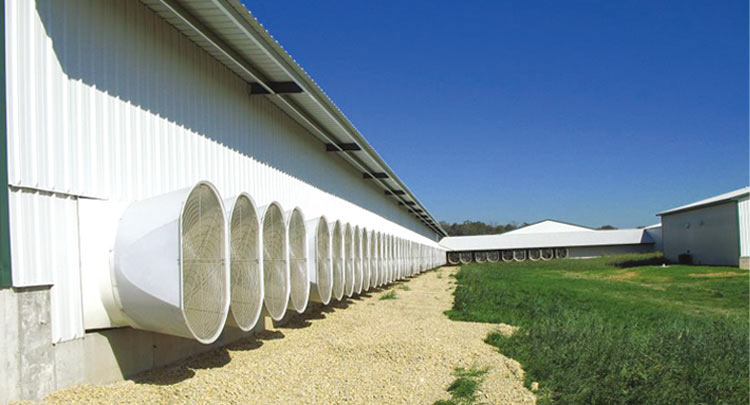
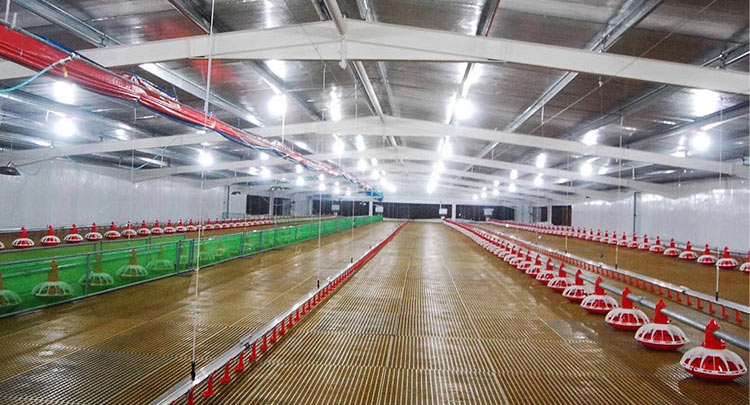
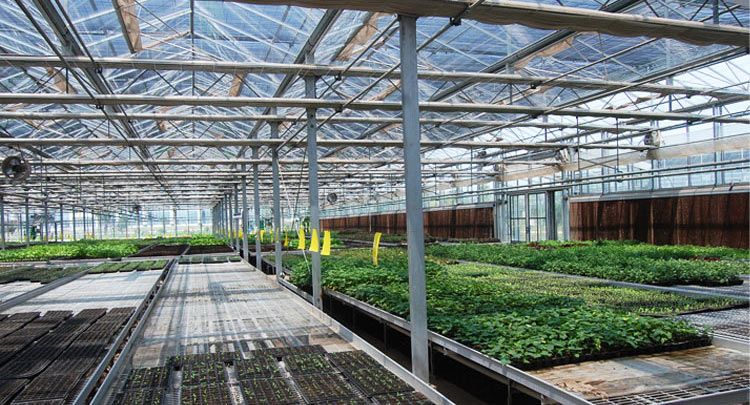


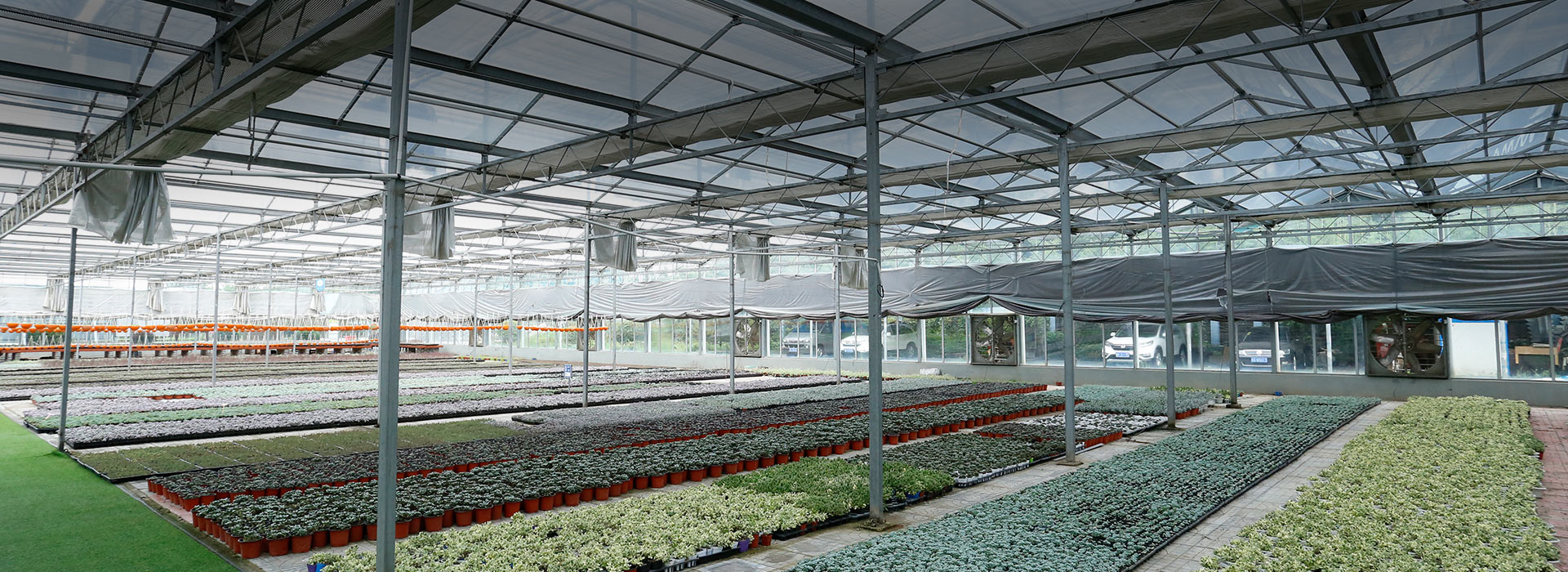
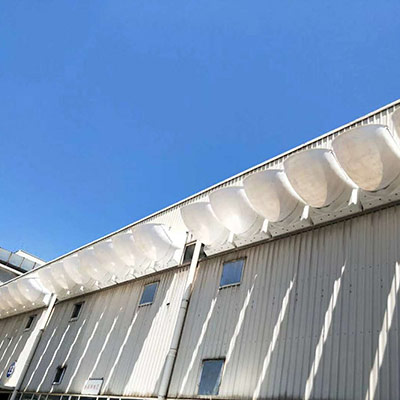
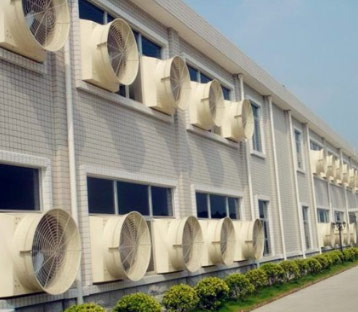
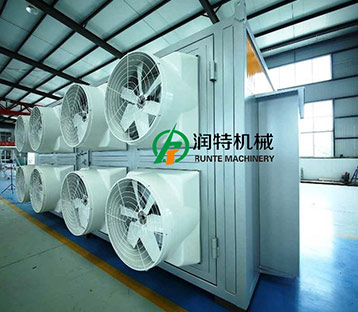




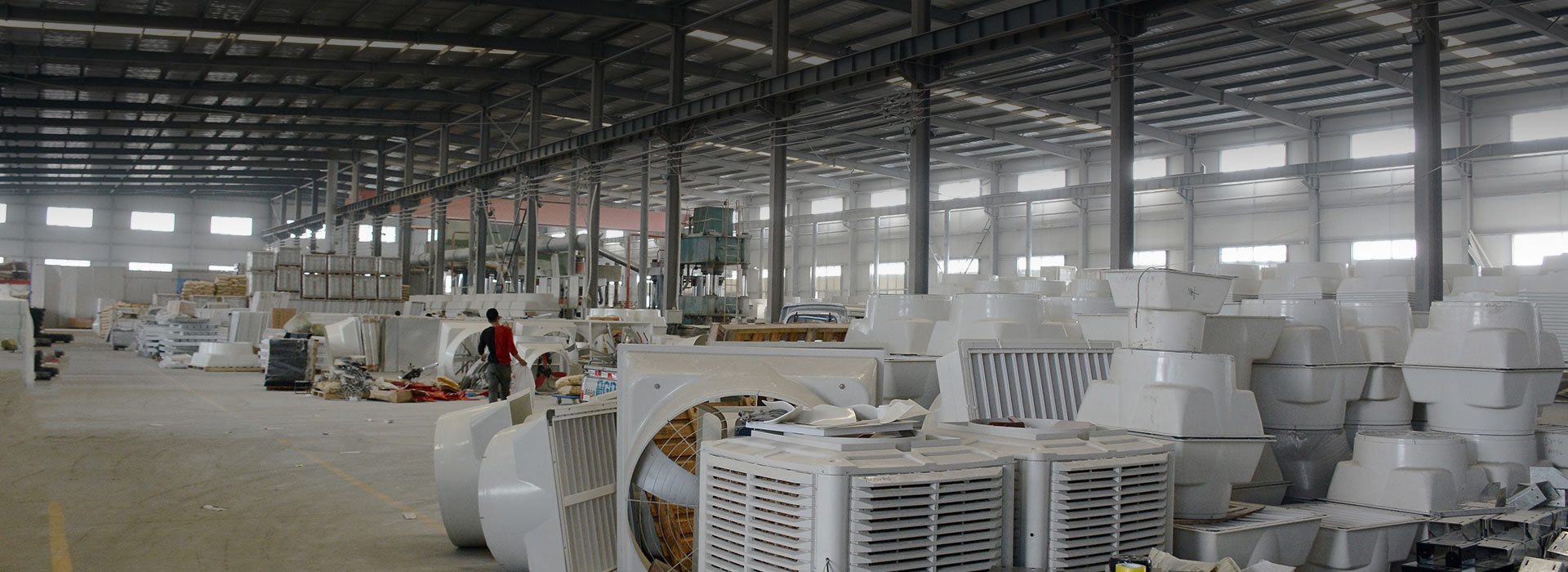
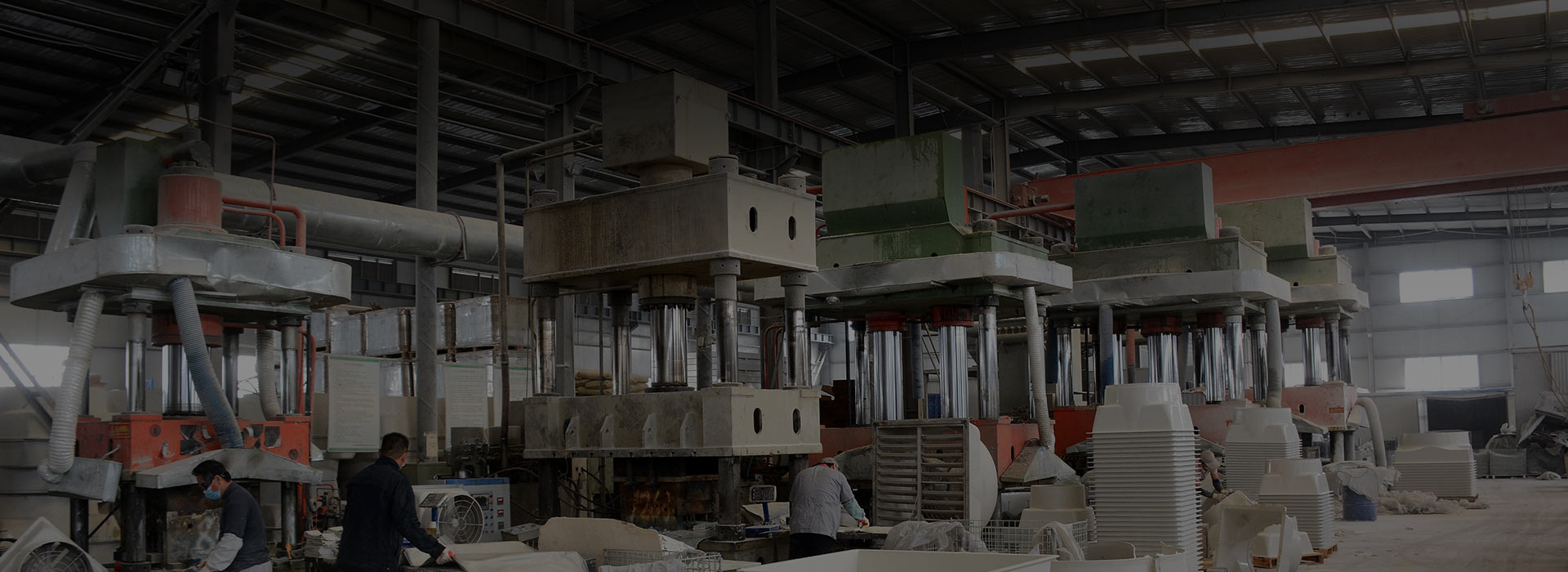




 Mobile station
Mobile station WeChat
WeChat